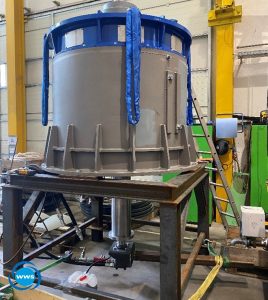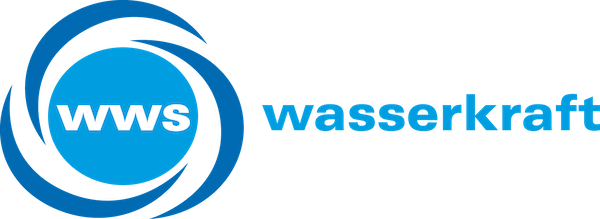RESEARCH PROJECT: INCREASE PERFORMANCE IN EXISTING STRUCTURES
A major obstacle to increasing the flow and the associated output of small hydropower plants is the complex issue of cavitation on the one hand and a low-noise and economical option for converting energy from rotary motion into electrical energy on the other.
Both topics can be an essential criterion for the realization or corresponding investment, each individually, but very often together. WWS Wasserkraft did everything to offer a solution to this problem and creates opportunities to increase renewable energy WITHOUT any additional impact on ecology and the environment.
With a funding project supported by the state of Upper Austria and IWB (investment in growth and employment from the funds of the ERDF funding program (European Fund for Regional Development), we were able to gain a lot of knowledge about this problem and will gain much more in the future.
In the course of the project, runner blade geometries have been developed that shift and even exceed the physical cavitation limits and their stability was examined using different material pairings.

Furthermore, a permanent magnet generator was developed, simulated, built and tested in cooperation with a Linz research institute, with which a highly efficient and low-noise generation of electricity from the rotary movement provided by the turbine is possible. The technology of permanent magnet generators is mainly known for wind power, but for the reasons already described, it is increasingly being used in hydropower.

WWS Wasserkraft is convinced that these findings make a significant contribution to sustainable energy supply and have thus gained a major competitive advantage for the future in the form of know-how. Without the support of the state of Upper Austria and funds from the EU, the research project would not have been possible and probably many revitalization projects in Austria and Europe will not be possible without this support and new knowledge.




